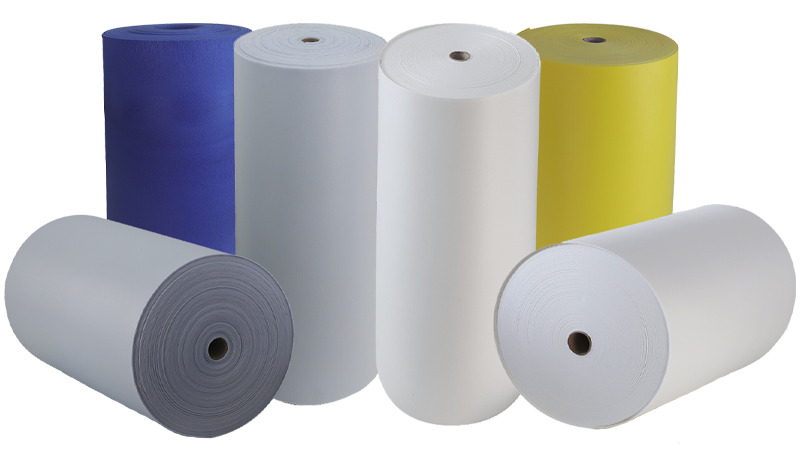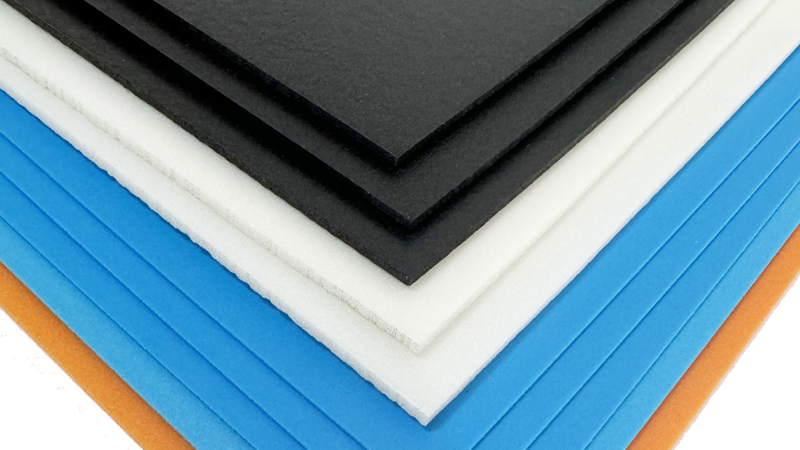Roof insulation may not be the first thing that comes to mind when considering home comfort. Yet, it is crucial in creating a cozy, energy-efficient space. Roof insulation regulates your home’s temperature, keeping it warm in winter and cool in summer. It can also help lower energy bills. Think of it as a protective layer that wraps around your home, saving money and making your home more comfortable.
In this guide, we’ll explore nine popular roof insulation materials. Each one has unique benefits and some drawbacks. No matter your priorities—whether they are cost, eco-friendliness, or durability—you’ll find an option that suits your needs.
What Is Roof Insulation?
Roof insulation refers to materials installed under or over the roof to reduce heat transfer. It prevents heat from entering your home in summer and escaping in winter. Insulation eases the workload on your heating and cooling systems. Over time, it can lead to significant energy savings.
Why Roof Insulation Matters
Roof insulation is not just about staying warm. It’s about year-round comfort. A well-insulated roof helps control indoor temperature, reduces noise, improves air quality, and prevents moisture buildup. Adding insulation is one of the best investments for your home. It’s good for your wallet, and it’s good for the environment.
9 Popular Roof Insulation Materials: Pros and Cons
Here, we’ll explore 9 common types of insulation. Each has its own advantages and disadvantages. This overview will help you make the best choice for your home.
1. Cross-Linked PE Foam Insulation: High-Performance Option
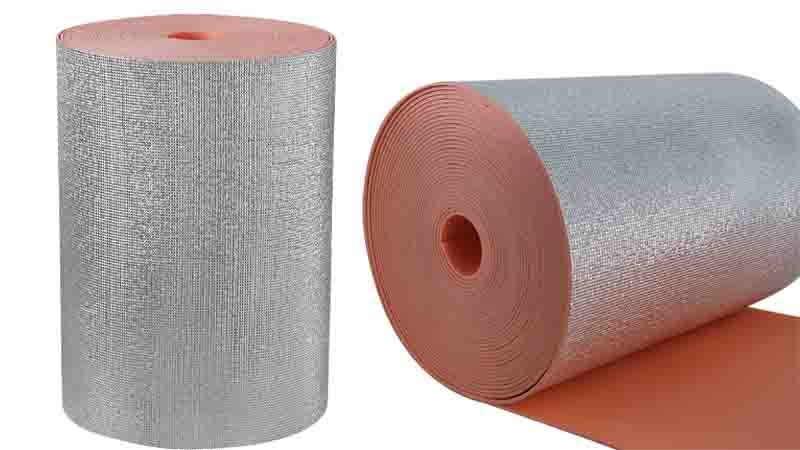
Description: Cross-linked Polyethylene (PE) foam insulation is a premium choice. It’s known for its high performance in various climates. Often called a foam core radiant barrier, it blocks radiant heat. This makes it ideal for homes in all climates. Lightweight but durable, cross-linked PE foam is a long-lasting solution.
Pros:
- Exceptional Thermal Resistance: This insulation has a high R-value. It blocks heat in summer and keeps warmth in during winter.
- Lightweight and Easy to Install: It’s light, which makes installation quicker and reduces labor costs.
- Moisture-Resistant: It helps prevent mold and mildew, promoting a healthy home.
- Durable and Eco-Friendly: This material does not lose its effectiveness over time. It’s also free from toxic chemicals.
- Fire retardant: it can reach UL94HF-1 flammable standard.
Cons:
- Higher Initial Cost: This type of insulation is a little expensive. However, energy savings over time make it a cost-effective choice.
2. Polyurethane Foam: The Air-Sealing Expert
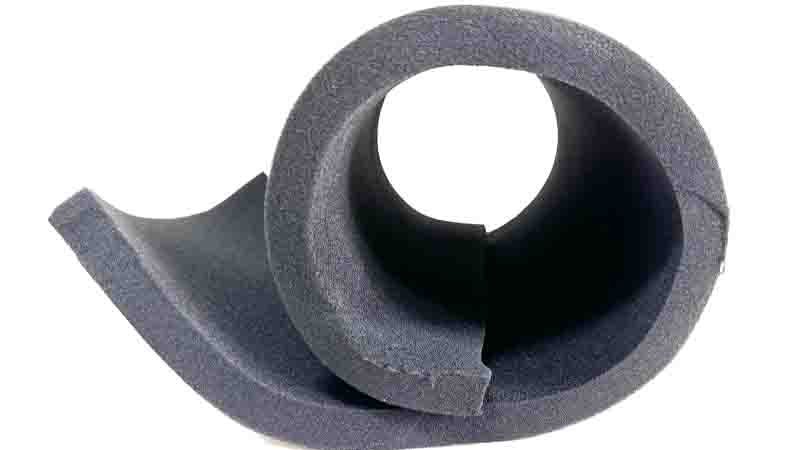
Description: Polyurethane foam is available as a spray or in rigid forms. It has a high R-value and great air-sealing properties. This foam expands as it dries, filling gaps and creating an airtight seal. It’s popular in both residential and commercial buildings.
Pros:
- High R-Value: Even a thin layer of polyurethane foam provides strong insulation.
- Effective Air Seal: It prevents drafts and keeps indoor temperatures steady.
- Fills Gaps: The foam expands to fill cracks and crevices, creating a seamless barrier.
Cons:
- More Expensive: Polyurethane foam is pricier than some other insulation types, especially with professional installation.
- Less Eco-Friendly: The chemicals used in production make it a less sustainable option.
3. Fiberglass: The Affordable Choice
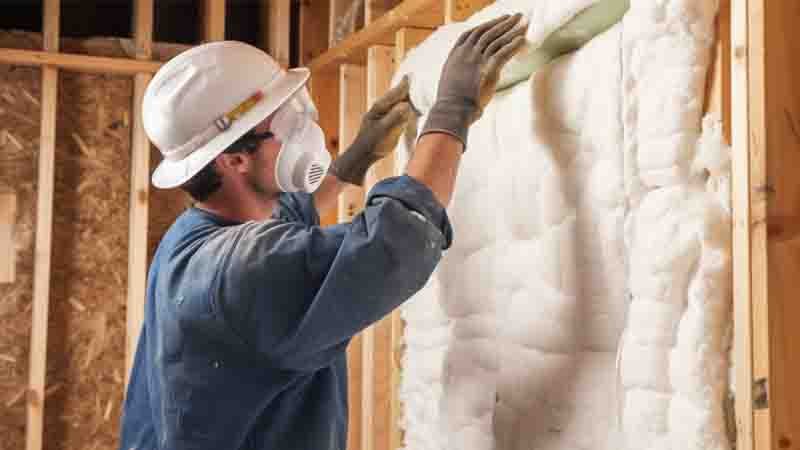
Description: Fiberglass insulation consists of tiny glass fibers. It’s affordable and has been popular for decades. Fiberglass is effective but requires careful handling to avoid skin irritation during installation.
Pros:
- Budget-Friendly: It’s one of the most affordable insulation types.
- Thermal and Fire Resistance: Fiberglass is naturally fire-resistant and helps regulate indoor temperature.
Cons:
- Can Cause Skin Irritation: The glass fibers may irritate skin, eyes, and lungs, so protective gear is essential.
- Lower Sustainability: Manufacturing fiberglass uses a lot of energy, which impacts its eco-friendliness.
4. Mineral Wool: Fire-Resistant and Soundproof
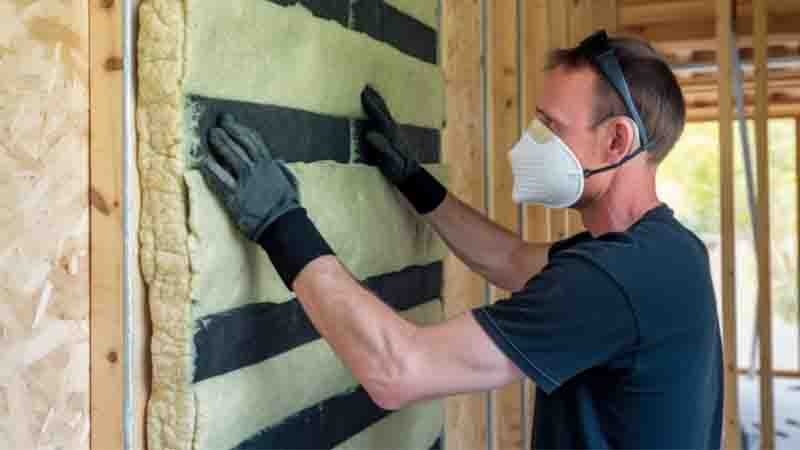
Description: Mineral wool, also known as rock wool, is made from volcanic rock or industrial waste. It’s denser than fiberglass, offering better soundproofing and thermal insulation. It’s also fire-resistant, making it ideal for buildings with high safety requirements.
Pros:
- Soundproofing: Mineral wool blocks sound effectively, making it ideal for homes in noisy areas.
- Fire-Resistant: It can withstand very high temperatures, adding a layer of safety.
- Eco-Friendly Options: Many types of mineral wool are made from recycled materials.
Cons:
- Heavy and Hard to Install: Its density makes it harder to work with, often requiring professional installation.
- Higher Cost: It’s usually more expensive than fiberglass.
5. Expanded Polystyrene (EPS): Lightweight and Practical
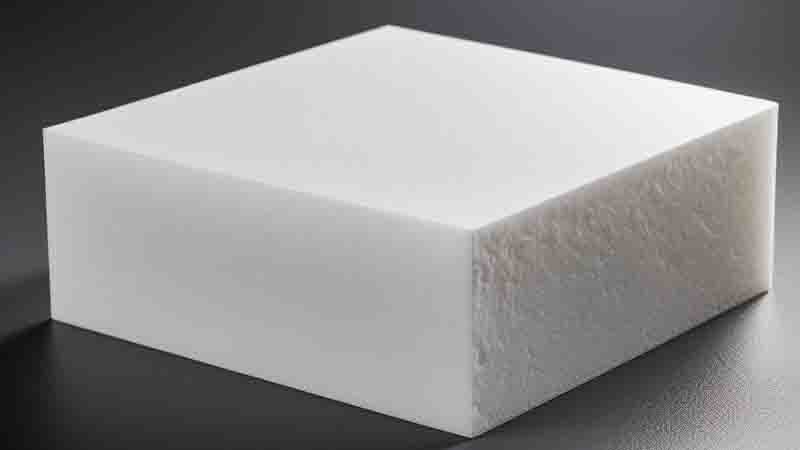
Description: EPS is a type of foam insulation that’s easy to work with and moisture-resistant. It’s widely used in both homes and commercial buildings.
Pros:
- Lightweight and Easy to Handle: EPS is simple to install, which reduces labor time and costs.
- Affordable: It’s a cost-effective and accessible option for budget-conscious homeowners.
- Moisture-Resistant: EPS doesn’t absorb water, making it suitable for humid climates.
Cons:
- Lower R-Value in Extreme Climates: EPS may not be as effective in very hot or cold conditions.
- Limited Fire Resistance: EPS can melt under high heat, so it’s not ideal for areas with high fire risk.
6. Spray Foam: Ideal for Filling Gaps
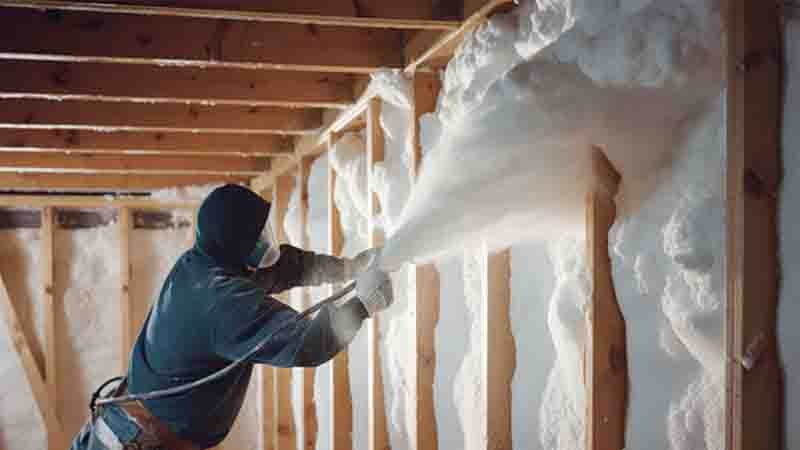
Description: Spray foam insulation is ideal for irregular spaces. When sprayed, it expands to create a strong, airtight barrier that blocks heat and prevents air leaks.
Pros:
- Seals Every Gap: Spray foam fills every corner and crevice, creating an airtight seal.
- High R-Value: It works well in both hot and cold climates.
Cons:
- Costly Installation: Professional installation can be expensive, though spray foam offers long-term energy savings.
- Less Eco-Friendly: The chemicals in spray foam make it a less environmentally friendly option.
7. Sheep Wool: Natural and Eco-Friendly
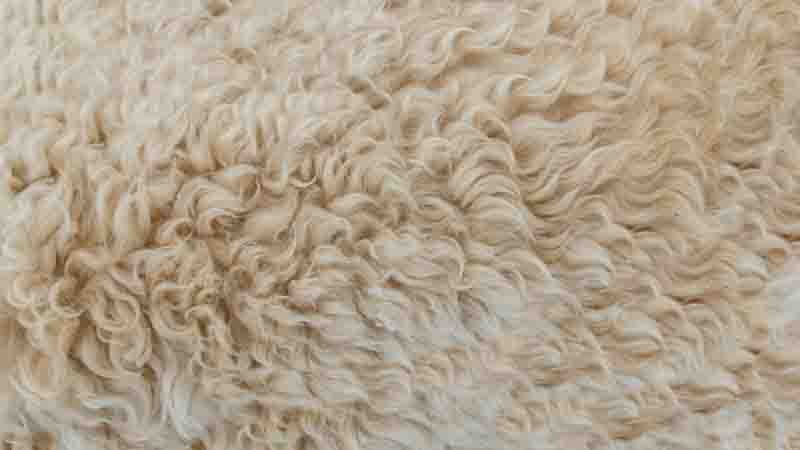
Description: Sheep wool is a renewable insulation material. It absorbs moisture without losing its insulating properties, making it great for humid conditions.
Pros:
- Environmentally Friendly: Sheep wool is renewable and biodegradable.
- Controls Moisture: Wool can absorb and release moisture, helping to regulate humidity.
- Safe and Non-Toxic: Easy to handle and free from harmful chemicals.
Cons:
- Higher Cost: Wool is more expensive than synthetic insulation.
- Requires More Material: To match the insulation value of other materials, wool may need to be installed in thicker layers.
8. Bubble Insulation: Lightweight and Reflective
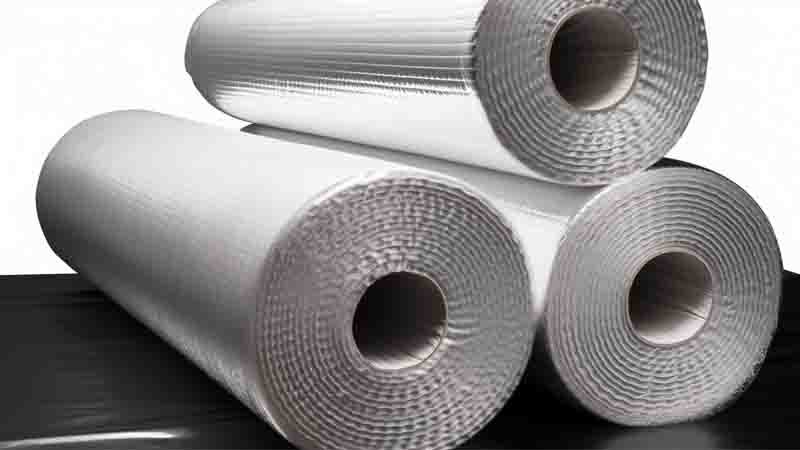
Description: Bubble insulation is made of reflective foil and air bubbles. It reflects radiant heat, making it a good option for warm climates.
Pros:
- Lightweight and Easy to Install: Installation is simple, cutting down on labor costs.
- Reflects Heat: In warm climates, bubble insulation helps keep homes cool.
Cons:
- Lower R-Value: Not effective in cold climates.
- Often Used as Secondary Insulation: It’s generally a supplement to other insulation types.
9. Cellulose: Sustainable and Efficient
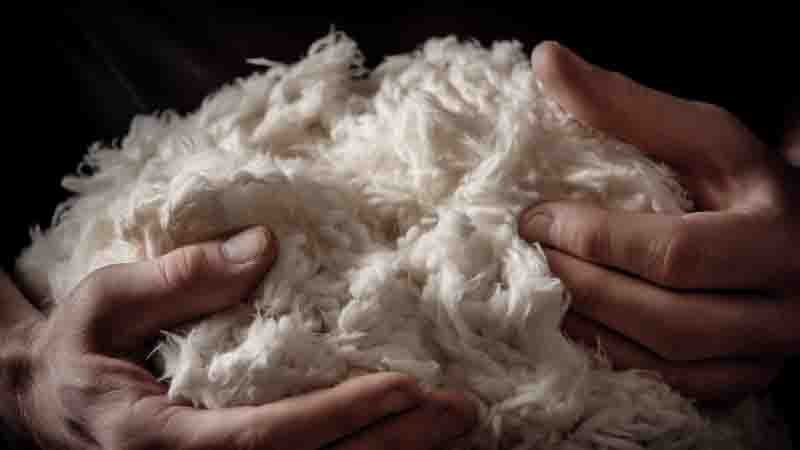
Description: Cellulose insulation is made from recycled paper. It’s eco-friendly and effective in attics and wall cavities, offering both thermal and soundproofing benefits.
Pros:
- Eco-Friendly: Cellulose uses recycled materials, reducing waste.
- Soundproofing Qualities: It’s effective at blocking sound, ideal for homes near busy roads.
Cons:
- Can Settle Over Time: If not installed correctly, cellulose may lose effectiveness as it settles.
- Professional Installation Needed: It requires special equipment and expertise to blow it into walls or attics.
Choosing the Right Roof Insulation
Selecting the right insulation material depends on several factors, including climate, budget, and sustainability preferences. Some materials, like cross-linked PE foam, are extremely effective but come at a higher price. Others, like sheep wool, are eco-friendly and safe but might require more insulation to achieve the same thermal performance.
Here are a few quick tips to guide your decision:
- Consider Your Climate: For hot areas, reflective insulations like bubble insulation can reduce cooling costs. For colder climates, high R-value materials like polyurethane foam work best.
- Factor in Your Budget: Fiberglass and EPS are more budget-friendly, while cross-linked PE foam and spray foam offer premium insulation at a higher cost.
- Think About Sustainability: Eco-conscious homeowners might prefer options like sheep wool or cellulose, which are made from natural or recycled materials.
Conclusion
Roof insulation is a vital part of creating a comfortable, energy-efficient home. Choosing the right type of material for your home and it can save the money and good for the earth.
Cross-linked pe foam insulation should help for you.




